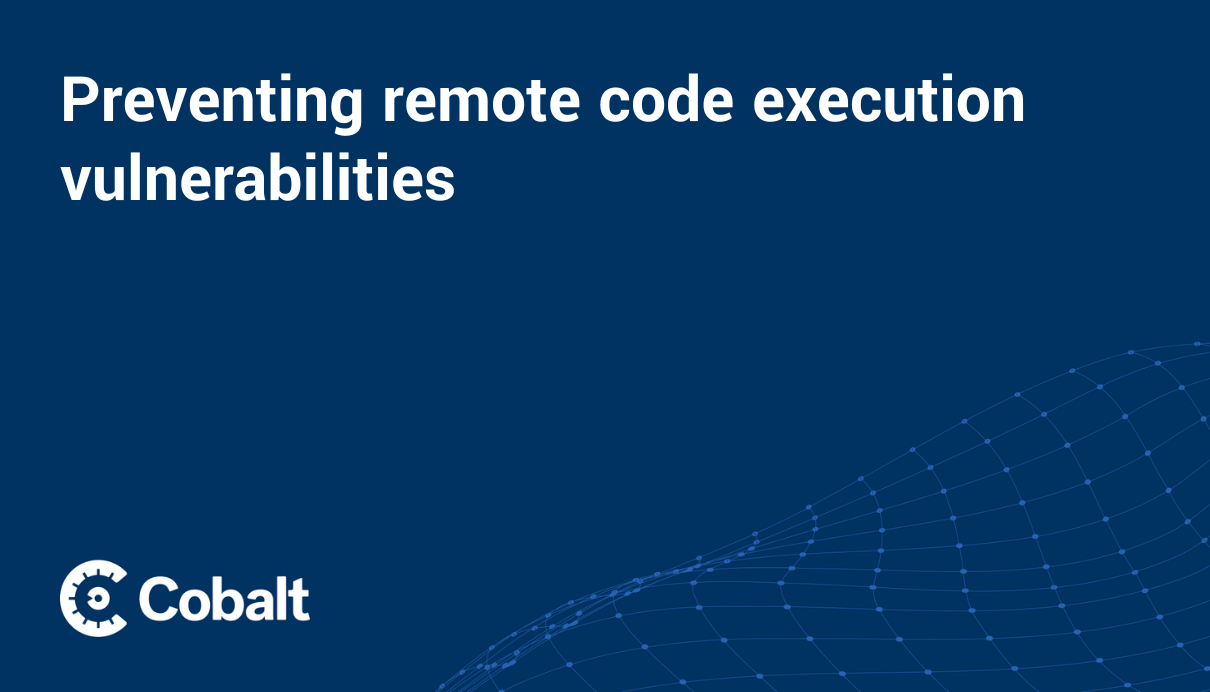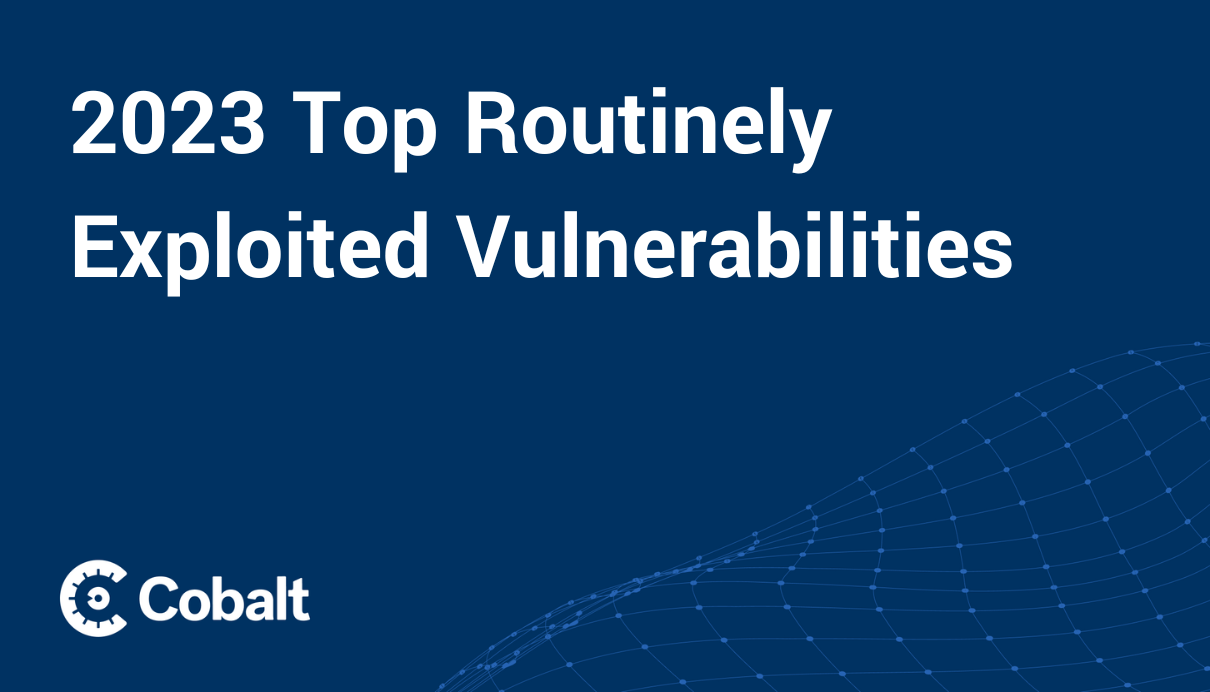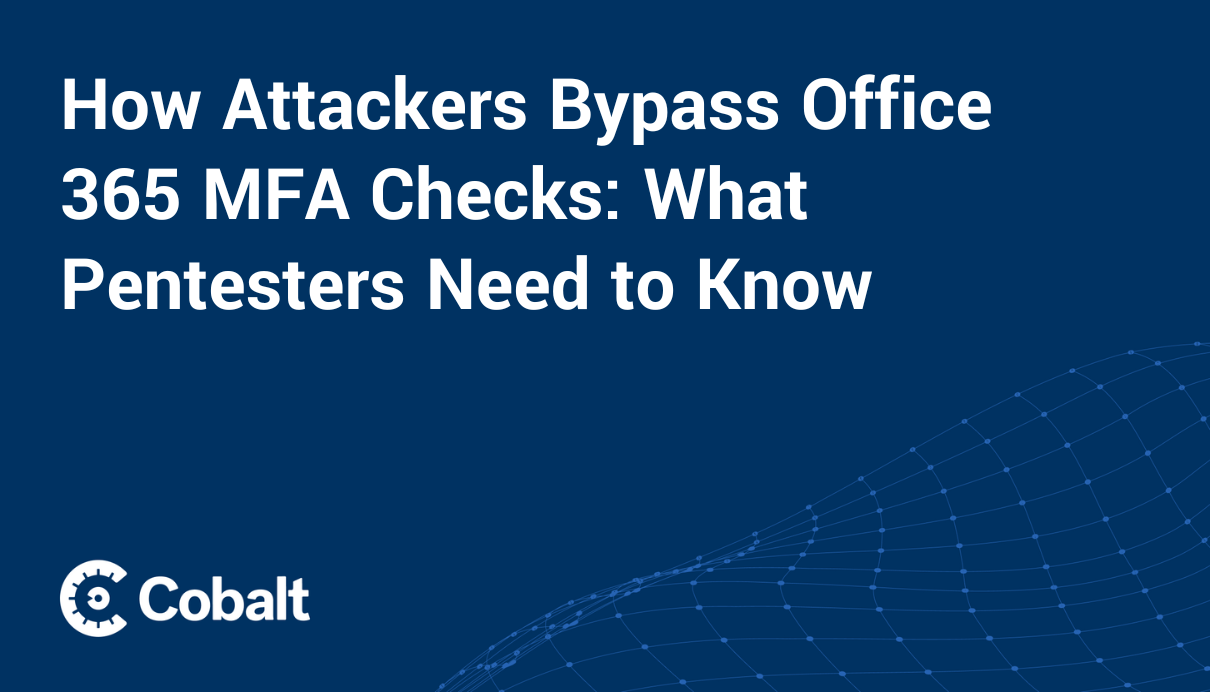Understanding network vulnerabilities is a critical aspect of cybersecurity. This knowledge is not just about identifying these issues; it involves a deep understanding of their potential consequences and the development of effective countermeasures.
The importance of this understanding lies in your network’s ability to protect sensitive data, ensure the smooth operation of systems, and guard against breaches that could have significant implications.
What Are Network Vulnerabilities?
Network vulnerabilities refer to weaknesses or flaws within a network's design, implementation, or operation that cyber attackers can exploit. Bad actors can use vulnerabilities in order to gain unauthorized access, cause network disruptions, or steal data.
Security gaps can stem from a variety of sources, including outdated software, misconfigured hardware, weak security protocols, or human error.
Effective management of these vulnerabilities is essential. This requires a proactive approach, including routine software updates, thorough security configurations, and ongoing vigilance.
Staying ahead of potential threats and continuously reinforcing network defenses are crucial for maintaining robust and resilient cybersecurity. Today we’ll take a look at some of the most common network vulnerabilities and provide recommendations on how to secure your network.
1. Outdated Software
Outdated software is a significant security risk due to known vulnerabilities that are often rectified in newer versions. Such software not only misses out on the latest functional enhancements but also harbors security flaws that have been identified and potentially exploited by cybercriminals.
The presence of these vulnerabilities can create a range of security challenges. Unauthorized access is a primary concern, where attackers exploit weaknesses to infiltrate network systems. Data breaches are another serious risk, leading to the potential exposure and theft of sensitive information.
Additionally, outdated software can become a conduit for malware, allowing malicious software to infiltrate and compromise the network. The threat escalates when the software in question is critical to the functioning of key systems or handles sensitive data.
2. Firewall Misconfiguration
Firewall misconfiguration represents a critical vulnerability in network security, often stemming from oversights or a lack of tailored understanding of a network's unique requirements. Firewalls serve as the primary barrier against unauthorized access, and their effectiveness hinges on precise configuration and timely updates.
Misconfigurations in firewalls can manifest in several ways. These include incorrect initial setup, failure to update or revise rules in response to emerging threats, or the application of security policies that don't align with the specific needs of the network.
Challenges often arise from complex firewall rule sets, an insufficient grasp of the applications running within the network, or neglect in adapting the firewall to new threats. Such lapses can result in open network ports, unblocked IP addresses, or the operation of unnecessary services, all of which introduce significant vulnerabilities.
The implications of a misconfigured firewall are extensive and severe. It can render a network as vulnerable as if it had no firewall protection at all. This vulnerability opens the door to unauthorized access and data breaches and can even set the stage for more extensive network attacks. The repercussions extend beyond mere technical failures, potentially causing considerable operational disruptions and lasting damage to an organization's reputation.
3. Weak Passwords and Authentication Protocols
Weak passwords are a significant security risk. They can be easily cracked or guessed, allowing attackers to gain unauthorized access. This vulnerability is exacerbated when the same weak passwords are used across multiple accounts or systems.
Similarly, reliance on outdated authentication protocols presents its own set of challenges. These older systems often lack the advanced security features embedded in contemporary methods, such as encryption or multi-factor authentication. As a result, they are more vulnerable to being intercepted or bypassed, leaving network resources exposed to unauthorized access.
4. Unsecured Network Access Points
Unsecured network access points, such as open Wi-Fi networks, are critical vulnerabilities in network security. These points can be likened to unlocked doors within a network, offering attackers a discreet entryway to infiltrate, intercept data, inject malware, or gain unauthorized access to network resources.
The danger of unsecured network access points is especially pronounced in environments where wireless security is weak, or guest network management is lax. In such cases, these access points become attractive targets for attackers seeking easy penetration into a network's defenses.
A pertinent example of the risks associated with unsecured network access points was the 2014 data breach at Target Corporation. In this incident, attackers gained access to Target's network through an unsecured HVAC system, which was connected to the network but lacked adequate security measures. This breach allowed the attackers to install malware on the company's point-of-sale (POS) systems. It resulted in the theft of credit and debit card information of approximately 40 million customers.
5. Phishing and Social Engineering Attacks
Phishing and social engineering attacks represent a significant threat to network security, primarily targeting the human element rather than technical vulnerabilities. These deceptive strategies exploit human psychology, manipulating individuals into divulging sensitive information or performing actions that compromise security.
These attacks often involve tricking users through seemingly legitimate emails, phone calls, or messages, coaxing them into revealing confidential data, such as login credentials, financial information, or access to restricted systems.
The success of these attacks lies in their ability to appear trustworthy, often imitating credible sources or creating scenarios that prompt urgent responses. Recent advances in generative AI technology allow these attacks to become more effective and therefore, more dangerous.
6. Insider Threats
Insider threats pose a unique and often underestimated challenge in network security. These threats originate from within the organization and involve individuals such as employees, contractors, or business partners who have legitimate access to sensitive information and systems. Whether driven by malicious intent or resulting from negligent actions, insider threats can lead to significant damage, both in terms of data integrity and organizational reputation.
The complexity of insider threats lies in their nature; these individuals do not need to breach external security measures since they already have authorized access to the network. This access allows them to bypass many of the traditional security defenses undetected. They can misuse data, leak confidential information, sabotage systems, or facilitate external breaches, often without immediate detection.
7. IoT Vulnerabilities
The rapid proliferation of Internet of Things (IoT) devices in modern networks has introduced a new spectrum of vulnerabilities. These devices, ranging from smart thermostats to connected medical equipment, often lack comprehensive security features, making them susceptible to exploitation by cyber attackers.
IoT devices frequently operate with default passwords and minimal security controls and sometimes run on outdated software, all of which contribute to their vulnerable nature. Attackers can exploit these weaknesses to gain unauthorized access, infiltrate networks, and even use these devices as launchpads for larger-scale attacks.
A striking example of IoT vulnerabilities was the 2016 Mirai botnet attack. In this incident, a multitude of compromised IoT devices, including home routers and IP cameras, were harnessed to create a massive botnet. This botnet was then used to conduct a distributed denial-of-service (DDoS) attack, which disrupted major internet platforms and services across the United States and Europe.
8. Lack of Regular Security Audits
The absence of regular security audits in an organization's network security strategy can leave it blind to emerging vulnerabilities and potential threats.
Security audits are critical for systematically evaluating and improving the security posture of a network. They involve a comprehensive examination of security policies, practices, and controls to ensure they effectively safeguard against current cyber threats.
Regular security audits help in identifying weaknesses in network infrastructure, such as unpatched software, misconfigured hardware, and inadequate security protocols.
They also play a pivotal role in assessing the effectiveness of access controls, verifying that only authorized individuals have access to sensitive systems and data. Additionally, these audits evaluate the physical security of network components and test the organization's incident response capabilities to ensure readiness in the event of a breach.
Preventing Network Attacks: Solutions and Security Measures
While understanding the various network vulnerabilities is crucial, it's equally important to know how to protect against them. Here's a brief overview of key solutions and preventative measures:
- Regular Software Updates: Ensure all software, including operating systems and applications, are regularly updated. This helps patch known vulnerabilities and improve security features.
- Proper Firewall Configuration: Regularly review and update firewall configurations. Tailor the settings to your network's specific needs and ensure that all rules and policies are up-to-date and relevant.
- Strong Password Policies and Authentication Protocols: Implement strong, complex passwords and consider multi-factor authentication for added security. Regularly update passwords and educate users about the importance of password security.
Furthermore, consider using a trusted password management tool to empower employees to properly manage their passwords. - Secure Network Access Points: Secure all wireless networks and implement strict access controls. Regularly monitor and manage guest networks and ensure that all access points are encrypted and protected.
- Phishing and Social Engineering Awareness: Conduct regular training sessions for employees on recognizing and handling phishing attempts and social engineering tactics. Encourage a culture of vigilance and reporting of suspicious activities.
- Manage Insider Threats: Implement strict access controls and monitor user activities. Foster a culture of security awareness and ensure that employees understand the importance of protecting sensitive information.
- Secure IoT Devices: Regularly update IoT devices and change default passwords. Isolate IoT devices on separate network segments where possible and monitor them for unusual activities.
- Conduct Regular Security Audits: Regularly audit your network for vulnerabilities. This should include checking for unpatched software and misconfigured hardware and ensuring compliance with security policies.
By implementing these measures, organizations can significantly enhance their network security and resilience against cyber threats. Remember, security is an ongoing process that requires continuous attention and adaptation to the evolving digital landscape.
Securing the Digital Frontier
In network security, vigilance and proactive measures are vital. Recognizing and addressing network vulnerabilities is not a one-time task but an ongoing process that requires constant attention and adaptation.
By implementing strong security practices, educating employees, and regularly reviewing and updating security measures, organizations can create a resilient defense against the ever-evolving threats in the digital world. The goal is not just to respond to incidents but to prevent them, ensuring the security and integrity of our networks and the valuable data they carry.








